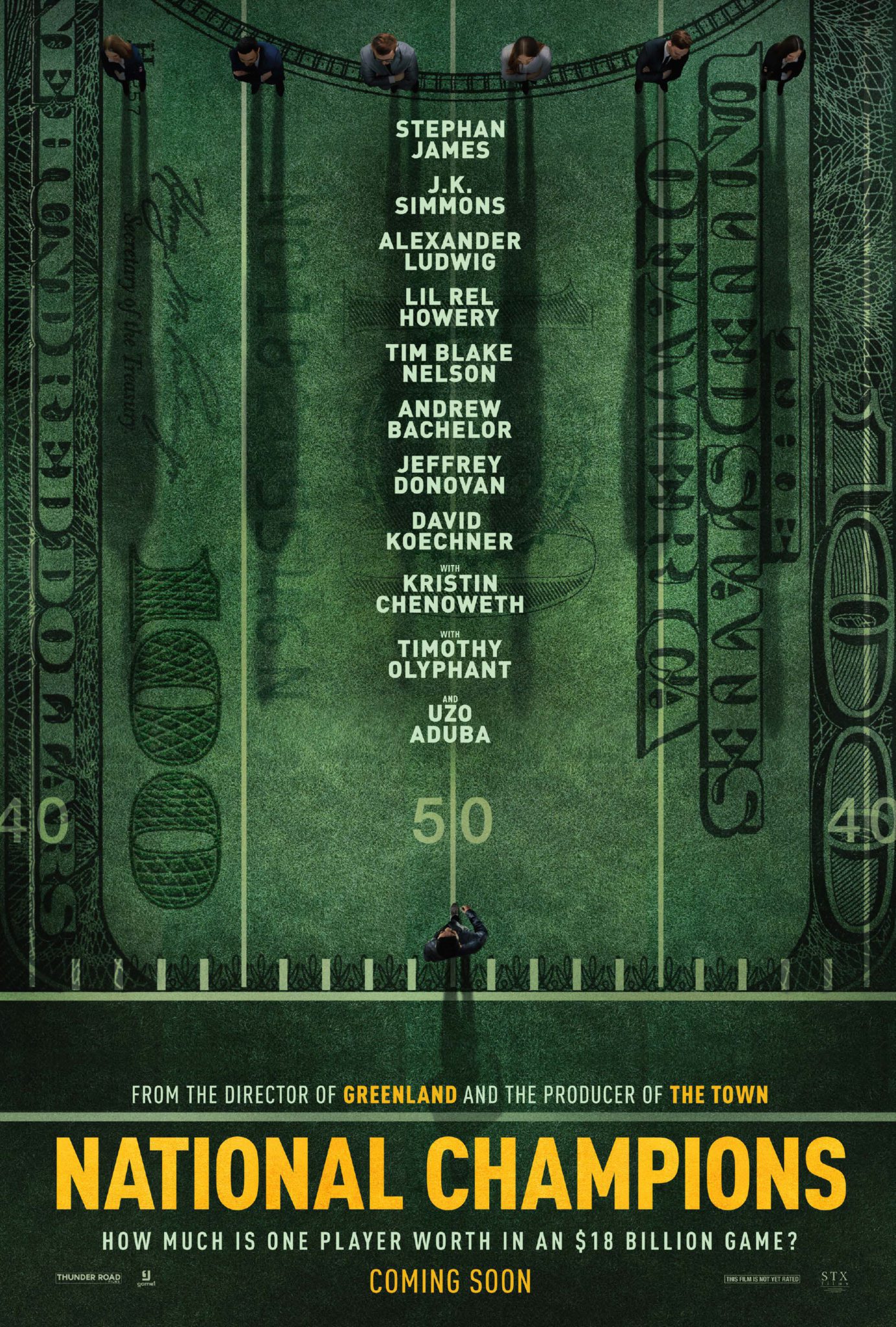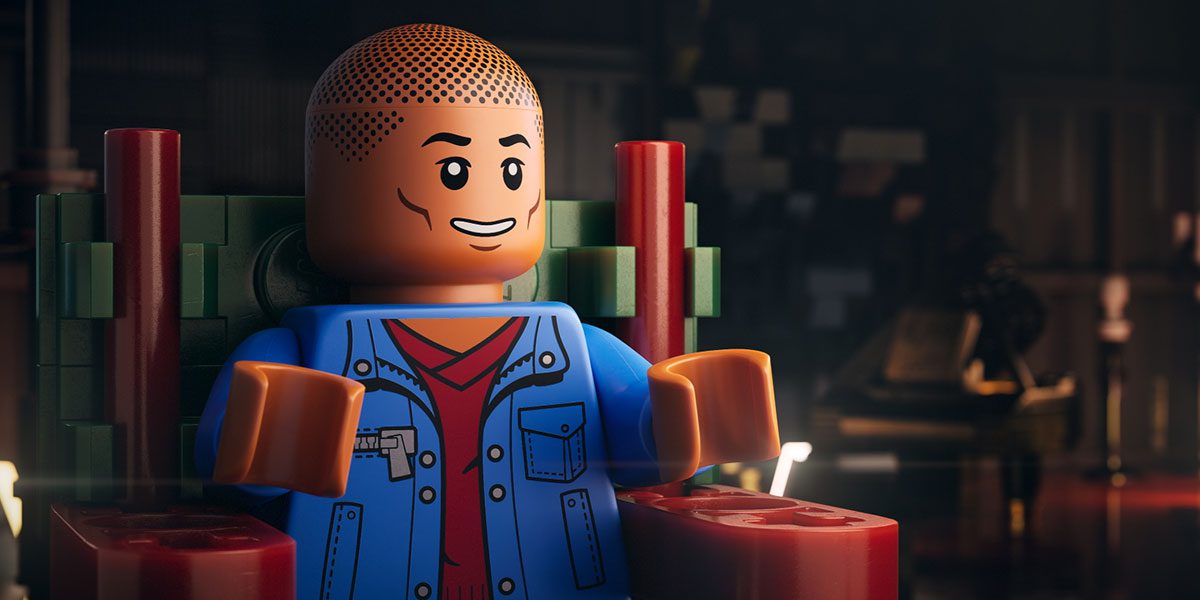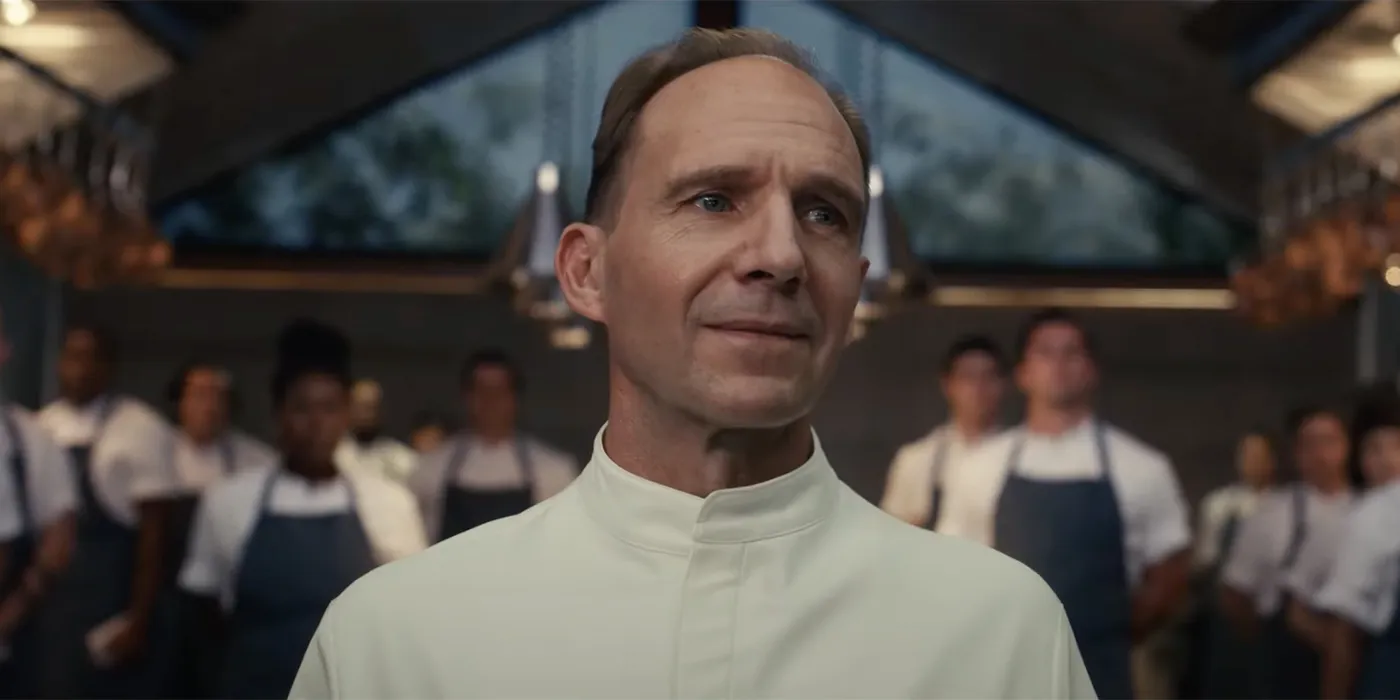
Caution: Some potential spoilers
In The Menu, Hawthrone is one of the world?s most prestigious high-class ?fou-fou? restaurants on the planet, run by a world-class chef that demands perfection of his staff to an extreme as well as doing whatever he can to please the customers appetite. Margot and her boyfriend as well as many other customers from interesting backgrounds are heading to the remote island of Hawthrones for The Menu of the night, run by Julian Slowik. Quickly descending into madness, what?s on the menu tonight? The customer. Trapped on an island with seemingly nowhere to go, the customers break out as they are hunted by chefs to the death for the menu.
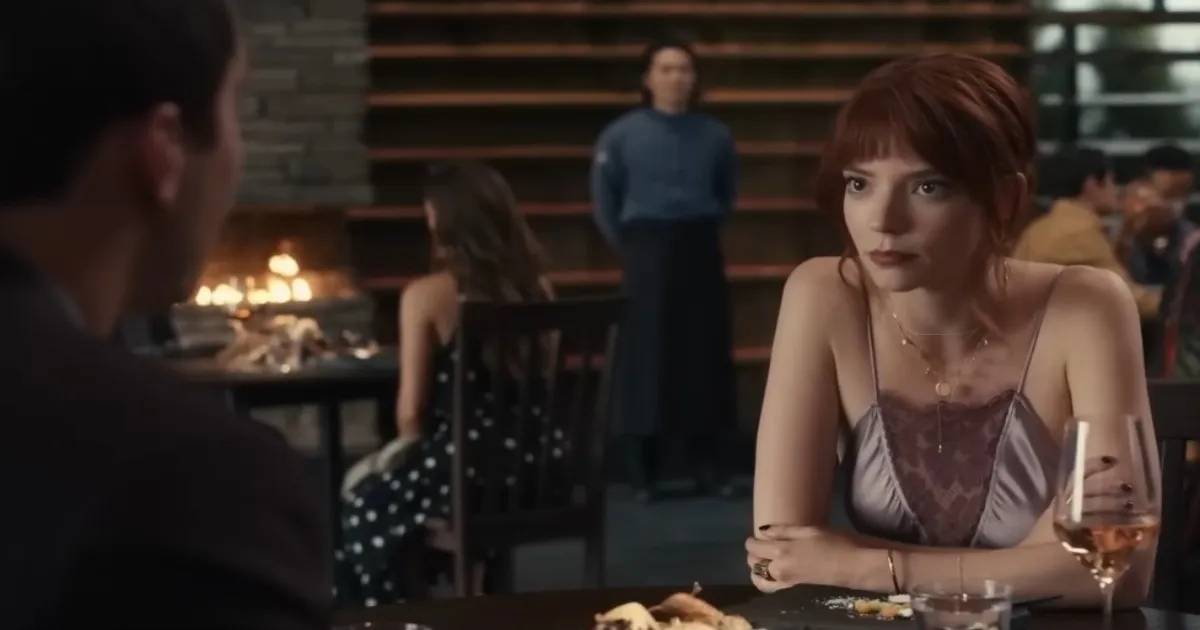
Starring Anya Taylor-Joy as Margot, and Ralph Fiennes as head chef Julian Slowik, The Menu is a commentary on food culture as a whole as well as the experience of both the customer and the chef over the course of a meal. Very early in the film, we see the horrible treatment that people in the food industry experience from different types of customer. Beginning with the critics, the foodies, the rich saps who don?t care about your actual food, the investors who believe that they ?own you,? until it culminates with Margot, an average consumer that just wants ?food to be food.? In every scenario, the abuse of power that the customer has over the restaurant is apparent, showcasing the effort that these chefs go through to cater to their clientele and prepare a culinary experience. (In fact, Menu even reminds the viewer that chefs must constantly change their menu so that they don?t become irrelevant, though they still draw criticism and complaints.) In this world, food is an art, and Julian and his staff are finally fed up with their work. Their goal were simply to make good food that they thought others would enjoy. Unfortunately though, the better that they become at their jobs, the worst their lives are. As he prepares his final Menu, Julien invites a carefully catered group of customers that he?s always hated in order to exact his revenge.
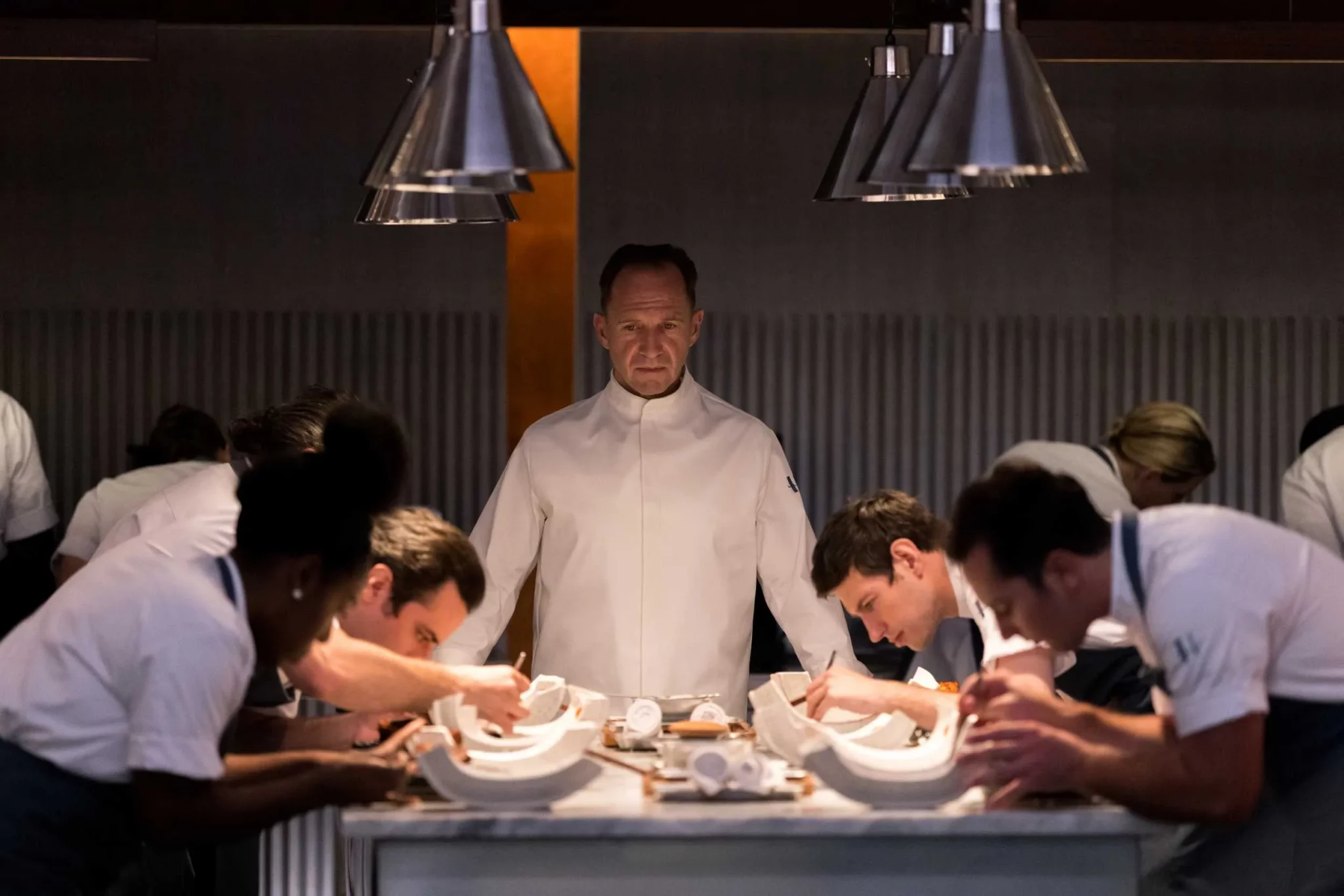
The actual food on the menu is incredibly satirical. Like real life, high class food, every single course tells a ridiculous story and is made to be something a typical eater would find weird. Representing the average consumer, Margot is not familiar with this rich lifestyle of ?culinary prestige? and speaks for the average viewer. To her, this food isn?t really food. One of the dishes is completely foam, and one dish is ?breadless bread.? However, the critics eat this up as innovative and begin to use long, complicated words to make their review sound more sophisticated.

The Menu was an incredibly dark comedy, horror(ish) film with great insight into the perspective of a chef and career and gave light to what the career of one starting from the bottom to what is considered the highest echelon of food service. Despite being the antagonist, Julien really is the star of the film. As the embodiment of all passionate chefs who want nothing more than to serve good food. The life that he?s built up to achieve the money and prestige is incredible to all around him, but the levels that he’s dedicated to achieve has made his life horrid. (Even his own chefs under him admit they would rather die than become him.) In the end of the day, what all passionate chefs want is to be able to satisfy their customers. His days flipping burgers were the days that he was at his happiest. Food industry workers have it rough, and the sacrifices they make to achieve their dreams is torture. Feeding strangers who are looking for a good meal, the majority of their lives is out of their control. Critics shut restaurants down, investors hang their over your head and, once you become a ?high-end? chef, the majority of your customers become only rich snobs (since they?re the only clientele that can afford it). In this way, The Menu becomes a euphoric experience for chefs that have lost control in their lives and want seize it back from their customers.
In this world, one can’t help but want to ?eat the rich.?
The Menu is now available in theatres.



